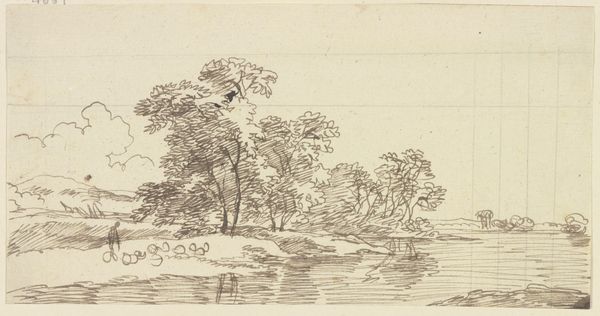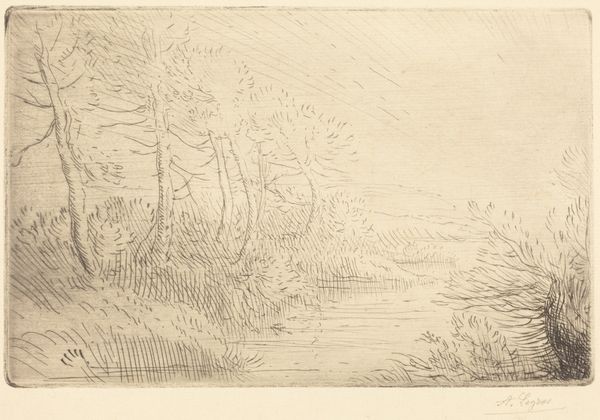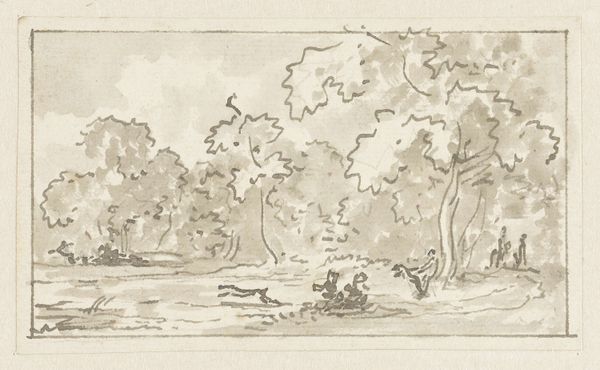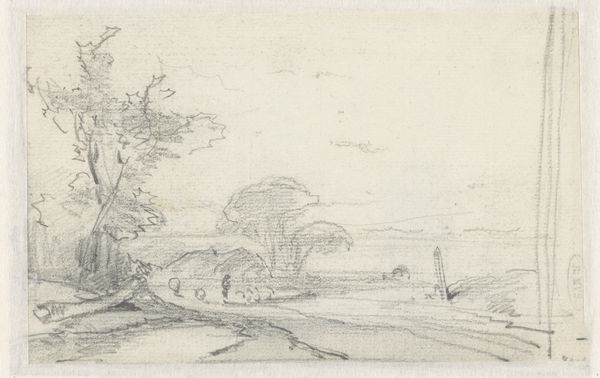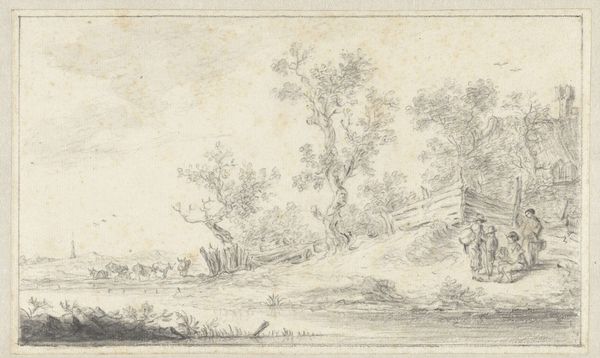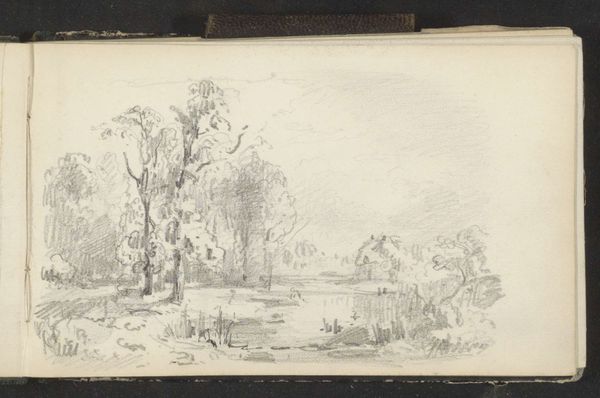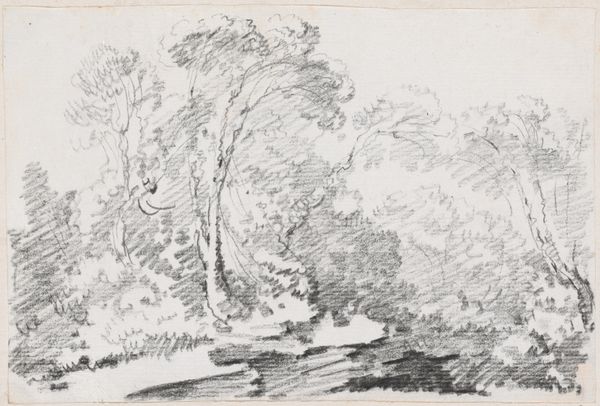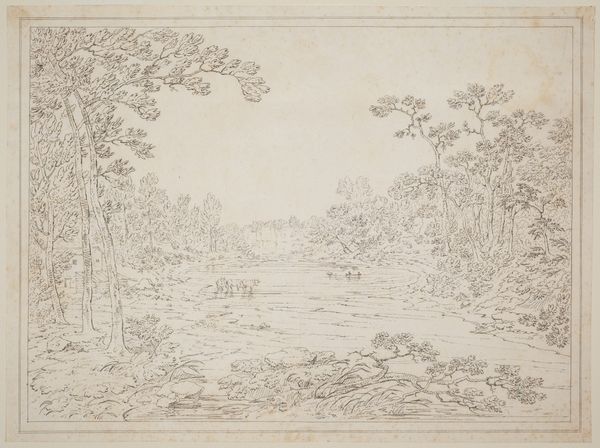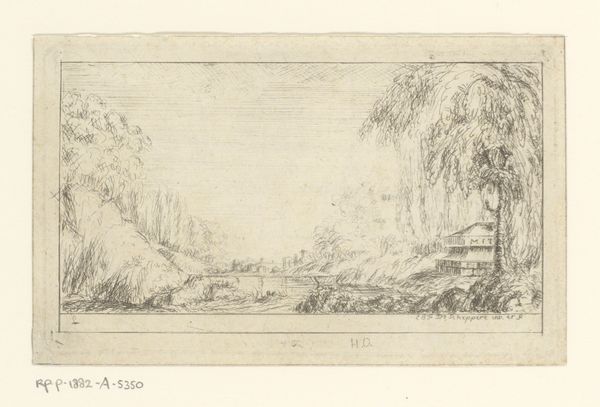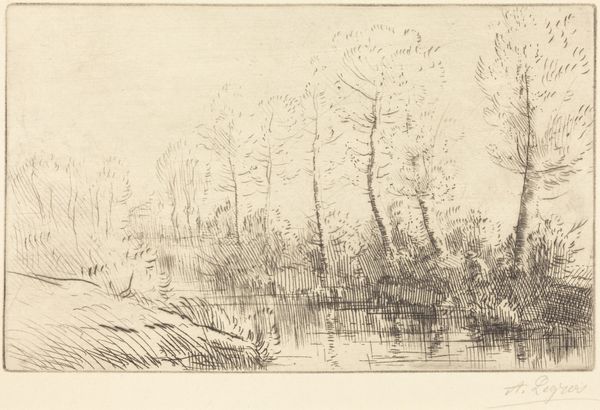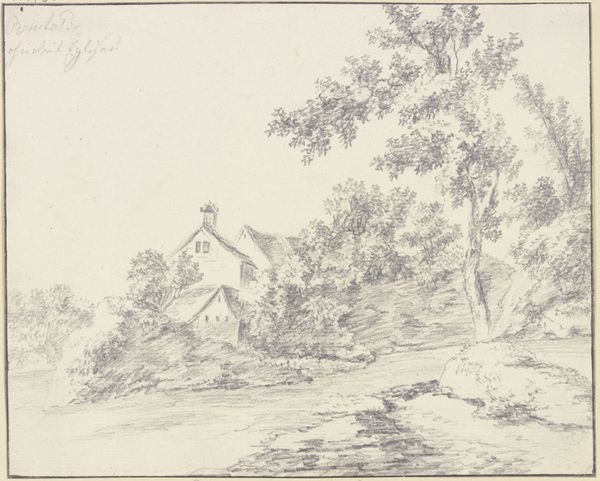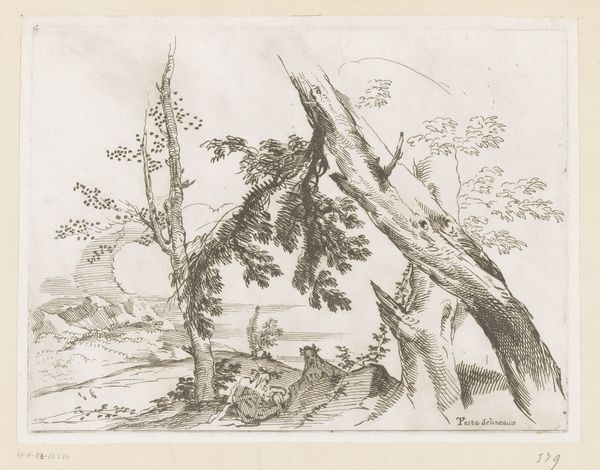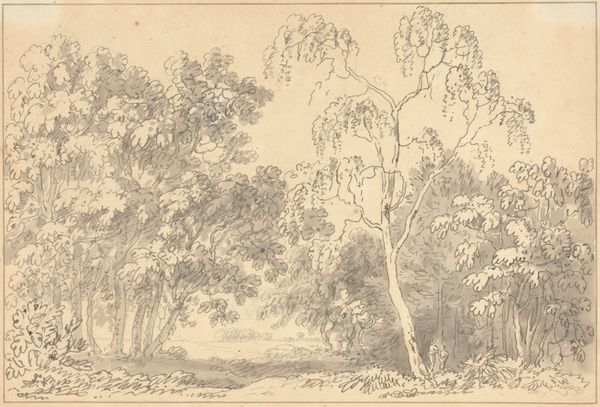
drawing, print, etching, engraving, architecture
#
drawing
#
pen drawing
# print
#
etching
#
landscape
#
etching
#
line
#
engraving
#
architecture
Copyright: Public Domain
Editor: So, this is Josef Ferdinand Becker’s "Das Rathaus zu Karlstadt am Main," rendered as an etching or engraving. I’m really drawn to the fine lines, but I'm also wondering about its social implications. What stands out to you when you look at this piece? Curator: Well, I immediately think about the materials. The production of engravings, like this one, speaks to a specific mode of making art accessible. Etchings were often reproduced, which democratized images and challenged the elite art market. It’s also interesting to consider the labor involved—the skilled artisan painstakingly etching the image onto a metal plate. Where do you see this act of 'democratization' within the image itself? Editor: That's a great point. I suppose it is more easily distributed but not easily produced. So it can be consumed by more people. It gives pause, though, thinking about the cost of the materials involved compared to what the people represented may have been experiencing. Perhaps they are benefiting by local trade? Curator: Exactly! Think about the market for prints like these. Who was buying them? Were they tourists, local merchants? These details point to a specific kind of material culture and burgeoning economy. What about the choice of subject? How does the image of a town hall, typically a site of governance, reflect social values and structures of the time? Editor: It makes me wonder if these buildings being depicted as they were really captured an honest image, or an ideal one, given that someone was certainly trying to sell these prints as commodities. What the production truly reflects! Curator: Precisely. The picturesque depiction, even of something functional like a town hall, serves a consumerist narrative. This image provides us not just an architectural rendering but also insight into the mechanics of early capitalist visual culture. This process wasn't just 'art,' it was labor, economy, and class all interacting. Editor: Thanks, seeing it through the lens of materials and social context makes the image far more compelling. Curator: It's the intersection of production and representation, always informing each other. That is what truly breathes life into any artwork.
Comments
No comments
Be the first to comment and join the conversation on the ultimate creative platform.

